Lettuce Growing Hacks Beginners, that’s what we’re diving into today! Have you ever dreamt of stepping into your backyard and snipping fresh, crisp lettuce for a vibrant salad? It’s a lot easier than you might think, and I’m here to share some simple, yet effective, DIY tricks to get you started.
For centuries, cultivating your own food has been a cornerstone of self-sufficiency and a connection to nature. From ancient Roman gardens to the victory gardens of World War II, growing lettuce and other greens has been a way to ensure fresh produce and a sense of accomplishment. But let’s face it, not everyone has a green thumb, and that’s perfectly okay! That’s where these lettuce growing hacks beginners come in handy.
Why do you need these hacks? Because store-bought lettuce can be expensive, and sometimes, it just doesn’t have that same fresh, vibrant flavor as homegrown. Plus, knowing exactly where your food comes from and how it’s grown is incredibly rewarding. These DIY tricks will help you overcome common challenges like poor germination, pest control, and limited space, allowing you to enjoy a bountiful harvest of delicious lettuce, even if you’re a complete beginner. So, let’s get our hands dirty and unlock the secrets to successful lettuce growing!
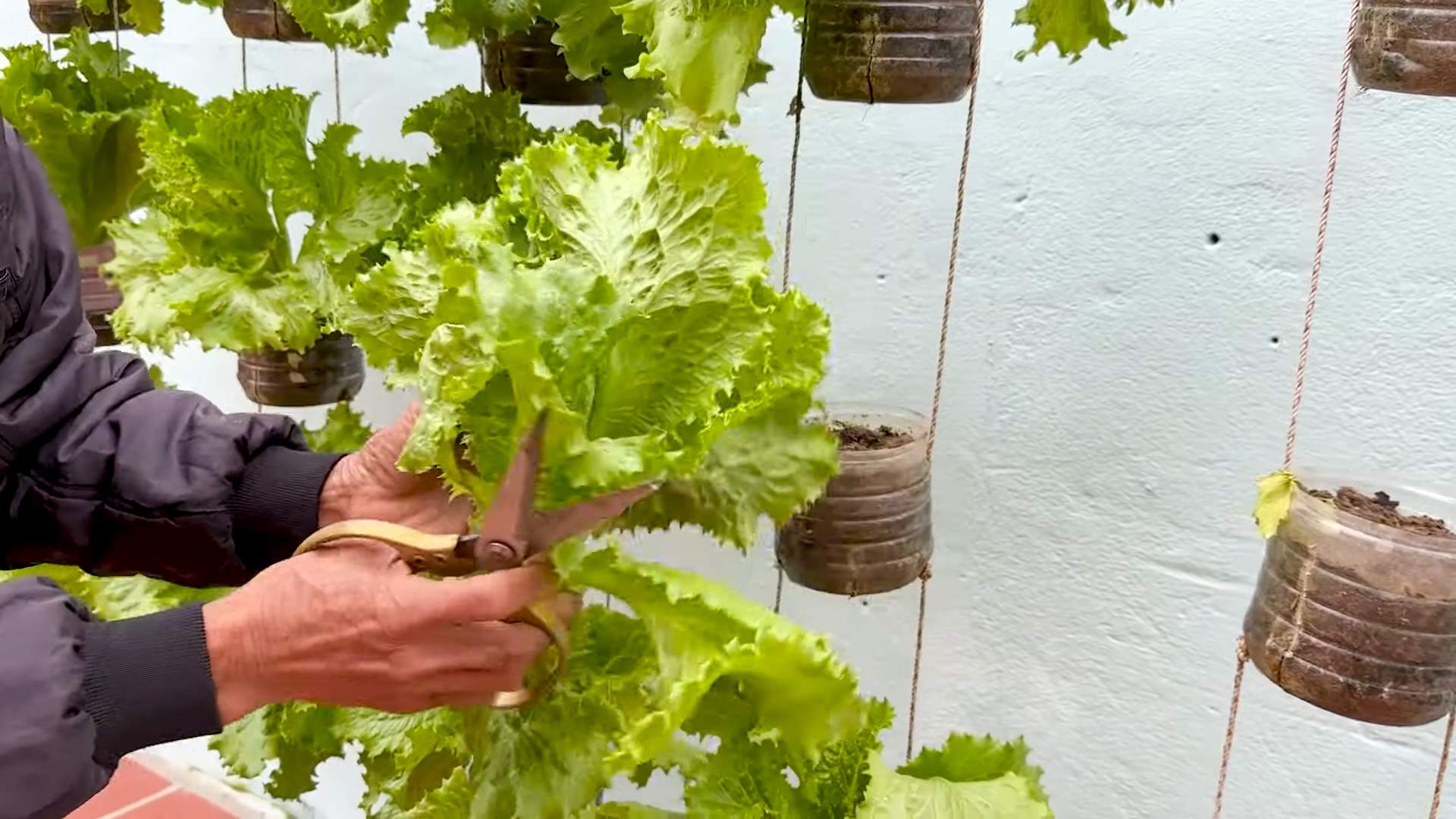
Lettuce Grow: My Foolproof Guide to Bountiful Harvests!
Hey there, fellow gardening enthusiasts! I’m so excited to share my tried-and-true lettuce growing hacks with you. I’ve been growing lettuce for years, and let me tell you, it’s one of the most rewarding things you can do in your garden. Fresh, crisp lettuce right at your fingertips? Yes, please! This guide is perfect for beginners, so don’t worry if you’ve never grown anything before. I’ll walk you through everything step-by-step.
Choosing the Right Lettuce Varieties
Before we even think about planting, let’s talk about lettuce varieties. There are so many to choose from, and it can be a little overwhelming. But don’t worry, I’ll break it down for you.
* **Loose-leaf lettuce:** This is my personal favorite because you can harvest leaves as you need them, and the plant will keep producing. Think ‘Black Seeded Simpson,’ ‘Red Sails,’ and ‘Oak Leaf.’
* **Butterhead lettuce:** These are known for their soft, buttery leaves and loose heads. ‘Buttercrunch’ and ‘Bibb’ are popular choices.
* **Romaine lettuce:** This is the classic lettuce for Caesar salads. ‘Paris Island Cos’ and ‘Dark Green Romaine’ are great options.
* **Crisphead lettuce:** This is the kind you find in the grocery store, like ‘Iceberg.’ It’s a bit more challenging to grow, but definitely doable.
My tip: Start with loose-leaf or butterhead varieties. They’re the easiest to grow and give you the most bang for your buck!
Preparing Your Lettuce Bed: Location, Location, Location!
Lettuce loves sunshine, but it also appreciates some shade, especially during the hottest part of the day. Aim for a spot that gets at least 4-6 hours of sunlight.
* **Soil is key:** Lettuce needs well-drained soil that’s rich in organic matter. If your soil is heavy clay, amend it with compost, aged manure, or peat moss.
* **Test your soil:** A soil test will tell you the pH level and nutrient content of your soil. Lettuce prefers a pH between 6.0 and 7.0. You can buy a soil testing kit at most garden centers.
* **Raised beds or containers:** If you have poor soil or limited space, consider growing lettuce in raised beds or containers. This gives you more control over the growing environment.
Planting Your Lettuce: Seeds vs. Seedlings
You can start lettuce from seeds or buy seedlings from a garden center. Both have their pros and cons.
* **Starting from seeds:** This is the most economical option, and it gives you more variety to choose from. You can start seeds indoors 4-6 weeks before the last frost, or direct sow them in the garden once the soil has warmed up.
* **Buying seedlings:** This is a quicker and easier option, especially if you’re short on time. Just make sure to choose healthy-looking seedlings with no signs of disease or pests.
My tip: I usually start some seeds indoors and buy a few seedlings to get a head start on the season.
Step-by-Step Planting Guide
Okay, let’s get our hands dirty! Here’s how to plant your lettuce, whether you’re using seeds or seedlings.
Planting Seeds:
1. **Prepare the soil:** Rake the soil smooth and remove any rocks or debris.
2. **Make shallow furrows:** Use your finger or a trowel to create shallow furrows about 1/4 inch deep and 1-2 inches apart.
3. **Sow the seeds:** Sprinkle the seeds evenly in the furrows. Don’t overcrowd them!
4. **Cover the seeds:** Gently cover the seeds with a thin layer of soil.
5. **Water gently:** Use a watering can with a gentle rose to water the soil. Keep the soil moist but not soggy.
6. **Thin the seedlings:** Once the seedlings emerge, thin them to about 4-6 inches apart. This will give them enough room to grow.
Planting Seedlings:
1. **Prepare the soil:** Dig holes that are slightly larger than the root balls of the seedlings. Space the holes 4-6 inches apart.
2. **Remove the seedlings from their containers:** Gently squeeze the sides of the container to loosen the root ball.
3. **Plant the seedlings:** Place the seedlings in the holes and backfill with soil. Make sure the top of the root ball is level with the soil surface.
4. **Water thoroughly:** Water the seedlings well after planting.
5. **Mulch:** Add a layer of mulch around the seedlings to help retain moisture and suppress weeds.
Watering and Feeding Your Lettuce
Lettuce needs consistent moisture to thrive. Water deeply whenever the top inch of soil feels dry.
* **Watering frequency:** In hot weather, you may need to water daily. In cooler weather, you can water every few days.
* **Watering method:** Water at the base of the plants to avoid wetting the leaves, which can lead to disease.
* **Fertilizing:** Lettuce is a heavy feeder, so it needs regular fertilization. Use a balanced fertilizer (like 10-10-10) or a fertilizer specifically formulated for leafy greens. Follow the instructions on the fertilizer label.
* **Side-dressing:** You can also side-dress your lettuce with compost or aged manure every few weeks. This will provide a slow-release source of nutrients.
My tip: I like to use a liquid seaweed fertilizer every couple of weeks. It’s a great way to give my lettuce a boost!
Pest and Disease Control
Lettuce is relatively pest-free, but there are a few things to watch out for.
* **Slugs and snails:** These slimy creatures can munch on your lettuce leaves. You can control them with beer traps, copper tape, or diatomaceous earth.
* **Aphids:** These tiny insects suck the sap from plants. You can control them with insecticidal soap or a strong blast of water from the hose.
* **Downy mildew:** This fungal disease causes yellow spots on the leaves. You can prevent it by providing good air circulation and avoiding overhead watering. If you see signs of downy mildew, remove the affected leaves and spray the plants with a fungicide.
My tip: I always inspect my lettuce plants regularly for pests and diseases. The sooner you catch a problem, the easier it is to control.
Harvesting Your Lettuce: The Best Part!
Harvesting lettuce is so rewarding! You can start harvesting loose-leaf lettuce as soon as the leaves are big enough to eat.
* **Harvesting loose-leaf lettuce:** Simply snip off the outer leaves with scissors or a knife. The plant will continue to produce new leaves from the center.
* **Harvesting head lettuce:** When the head is firm and well-formed, cut it off at the base with a knife.
* **Harvesting time:** Harvest lettuce in the morning, when the leaves are crisp and cool.
* **Storage:** Store lettuce in the refrigerator in a plastic bag or container. It will last for several days.
My tip: Don’t let your lettuce get too big before harvesting. Overripe lettuce can become bitter.
Extending Your Lettuce Season
Lettuce is a cool-season crop, which means it grows best in the spring and fall. But with a few tricks, you can extend your lettuce season and enjoy fresh lettuce for even longer.
* **Succession planting:** Plant new lettuce seeds or seedlings every few weeks to ensure a continuous harvest.
* **Shade cloth:** Use shade cloth to protect your lettuce from the hot sun during the summer.
* **Cold frames or row covers:** Use cold frames or row covers to protect your lettuce from frost in the fall and winter.
* **Winter sowing:** Sow lettuce seeds in containers in the winter and place them in a sheltered location. The seeds will germinate in the spring, giving you a head start on the season.
Troubleshooting Common Lettuce Problems
Even with the best care, you may encounter some problems when growing lettuce. Here are a few common issues and how to fix them.
* **Lettuce is bolting (going to seed):** This happens when lettuce is exposed to hot weather or long days. To prevent bolting, plant lettuce in a shady location and water it regularly. If your lettuce bolts, it will become bitter and inedible.
* **Lettuce leaves are turning yellow:** This could be a sign of nutrient deficiency, overwatering, or disease. Check the soil pH and nutrient levels, and make sure the soil is well-drained.
* **Lettuce leaves are wilting:** This could be a sign of underwatering, heat stress, or root rot. Water the lettuce deeply and provide shade during hot weather.
My Secret Weapon: Companion Planting
Companion planting is the practice of planting different crops together to benefit each other. Here are a few good companion plants for lettuce:
* **Carrots
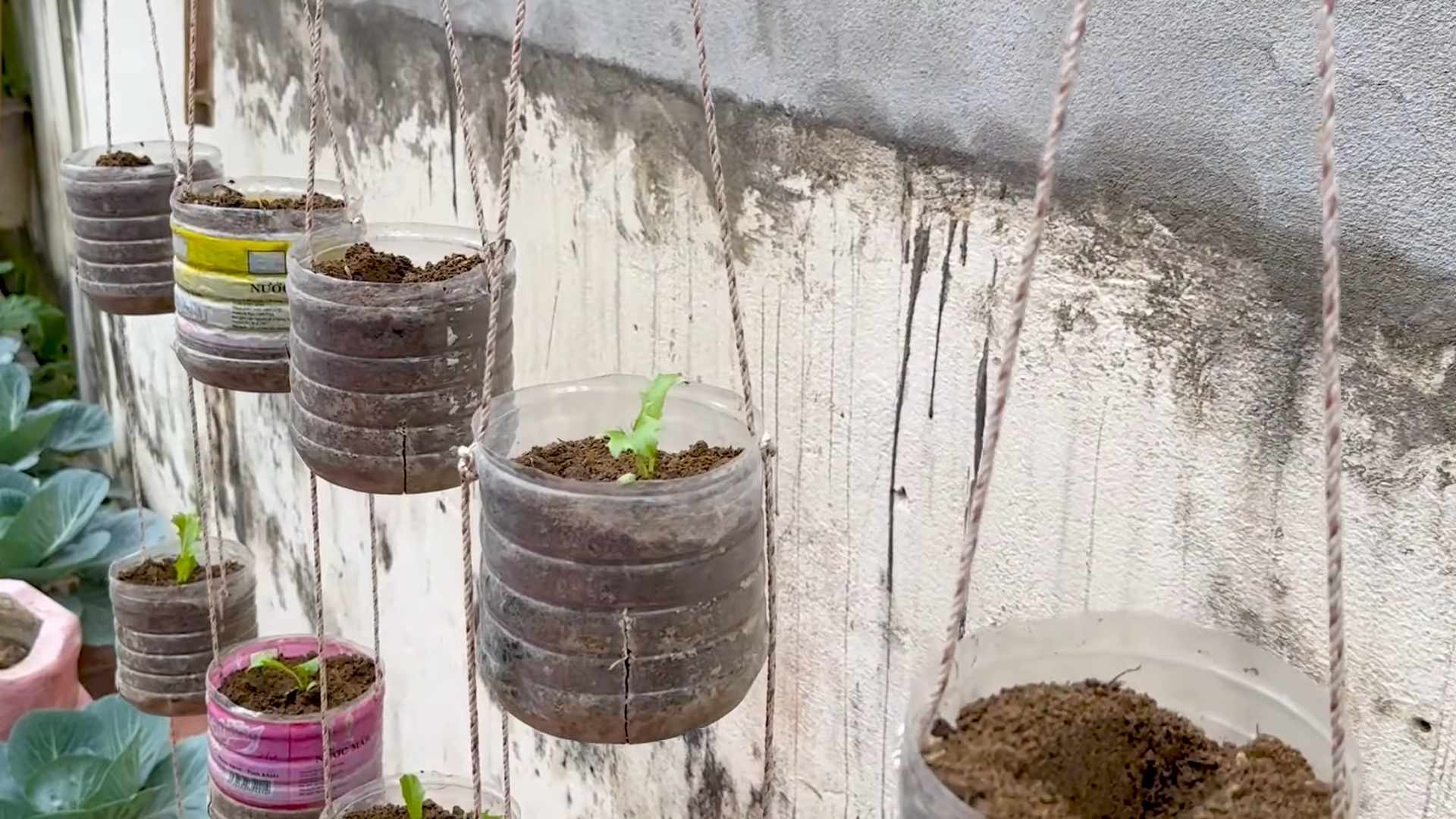
Conclusion
So, there you have it! These lettuce growing hacks for beginners are your secret weapon to a thriving, delicious, and cost-effective lettuce patch right in your own backyard (or even on your balcony!). Forget those wilted, overpriced greens from the grocery store. Imagine the satisfaction of snipping fresh, crisp lettuce leaves whenever you need them, knowing exactly where they came from and how they were grown.
This isn’t just about saving money; it’s about connecting with your food, reducing your environmental impact, and enjoying the unparalleled flavor of homegrown produce. The beauty of these hacks is their simplicity. You don’t need a green thumb or years of gardening experience to succeed. With a little planning and these easy-to-follow tips, you’ll be harvesting bowls of vibrant lettuce in no time.
Remember, the key to successful lettuce growing is consistent moisture, protection from extreme heat, and regular harvesting. Don’t be afraid to experiment with different varieties of lettuce to find your favorites. Try a mix of loose-leaf lettuces like romaine and buttercrunch for a continuous harvest, or plant some head lettuce like iceberg for a classic crunch.
Consider these variations to personalize your lettuce growing experience:
* **Vertical Gardening:** If you’re short on space, try growing lettuce in vertical planters or hanging baskets. This is a great way to maximize your yield in a small area.
* **Succession Planting:** Plant new lettuce seeds every few weeks to ensure a continuous supply throughout the growing season.
* **Companion Planting:** Plant lettuce alongside other vegetables like carrots, radishes, and cucumbers to deter pests and improve soil health.
* **Container Gardening:** Lettuce thrives in containers, making it perfect for patios, balconies, or even indoor growing with the right lighting. Use a well-draining potting mix and ensure the container has drainage holes.
* **Hydroponics:** For a more advanced approach, explore hydroponic lettuce growing. This method uses nutrient-rich water instead of soil, allowing for faster growth and higher yields.
We’ve covered some essential lettuce growing hacks for beginners, but the journey doesn’t end here. Gardening is a continuous learning process, and there’s always something new to discover.
We wholeheartedly encourage you to give these lettuce growing hacks a try. Start small, be patient, and don’t be afraid to make mistakes. Every mistake is a learning opportunity that will bring you closer to becoming a successful gardener.
Most importantly, we want to hear about your experience! Share your successes, your challenges, and any tips you’ve discovered along the way in the comments below. Let’s create a community of lettuce-loving gardeners who can learn from each other and inspire others to grow their own food. Happy gardening!
Frequently Asked Questions (FAQ)
**Q: What is the best time of year to plant lettuce?**
A: The best time to plant lettuce depends on your climate. Lettuce is a cool-season crop, so it thrives in temperatures between 60°F and 70°F (15°C and 21°C). In most regions, you can plant lettuce in early spring or late summer for a fall harvest. If you live in a warmer climate, you can grow lettuce throughout the winter. Avoid planting lettuce during the hottest months of summer, as it will likely bolt (go to seed) and become bitter. Check your local frost dates to determine the best planting times for your area.
**Q: What kind of soil does lettuce need?**
A: Lettuce prefers well-drained, fertile soil that is rich in organic matter. The ideal soil pH for lettuce is between 6.0 and 7.0. Before planting, amend your soil with compost or other organic matter to improve its fertility and drainage. If your soil is heavy clay, consider adding sand or perlite to improve drainage. A soil test can help you determine the pH and nutrient levels of your soil.
**Q: How much sunlight does lettuce need?**
A: Lettuce needs at least six hours of sunlight per day to thrive. However, in hot climates, lettuce can benefit from some afternoon shade to prevent bolting. If you’re growing lettuce indoors, you’ll need to provide supplemental lighting, such as grow lights. Place your lettuce plants in a sunny location or under grow lights for at least 12 hours per day.
**Q: How often should I water lettuce?**
A: Lettuce needs consistent moisture to grow well. Water your lettuce plants regularly, especially during hot, dry weather. Aim to keep the soil consistently moist but not waterlogged. Check the soil moisture regularly by sticking your finger into the soil. If the top inch of soil feels dry, it’s time to water. Avoid overhead watering, as this can lead to fungal diseases. Instead, water at the base of the plants.
**Q: How do I prevent lettuce from bolting?**
A: Bolting is when lettuce plants prematurely go to seed, which can make the leaves bitter. To prevent bolting, choose bolt-resistant varieties of lettuce. Plant lettuce in early spring or late summer to avoid the hottest months of summer. Provide shade during the hottest part of the day. Water regularly to keep the soil consistently moist. Harvest lettuce leaves regularly to encourage continued growth.
**Q: What are some common lettuce pests and diseases?**
A: Some common lettuce pests include aphids, slugs, snails, and cutworms. To control pests, you can use organic pest control methods, such as insecticidal soap, diatomaceous earth, or handpicking. Common lettuce diseases include downy mildew, powdery mildew, and leaf spot. To prevent diseases, provide good air circulation, avoid overhead watering, and remove any infected leaves promptly.
**Q: How do I harvest lettuce?**
A: You can harvest lettuce leaves as soon as they are large enough to eat. For loose-leaf lettuce, simply snip off the outer leaves as needed, leaving the inner leaves to continue growing. For head lettuce, wait until the head is firm and well-formed before harvesting. Cut the head off at the base of the plant.
**Q: Can I grow lettuce indoors?**
A: Yes, you can grow lettuce indoors, especially with these lettuce growing hacks for beginners. Choose a sunny location or provide supplemental lighting with grow lights. Use a well-draining potting mix and ensure the container has drainage holes. Water regularly and fertilize with a balanced fertilizer.
**Q: What are some good companion plants for lettuce?**
A: Good companion plants for lettuce include carrots, radishes, cucumbers, onions, garlic, and marigolds. These plants can help deter pests, improve soil health, and provide shade. Avoid planting lettuce near fennel, as it can inhibit lettuce growth.
**Q: How do I store lettuce after harvesting?**
A: To store lettuce after harvesting, wash the leaves thoroughly and dry them with a salad spinner or paper towels. Store the lettuce in a plastic bag or container in the refrigerator. Lettuce will typically last for about a week in the refrigerator. To keep lettuce crisp, you can place a paper towel in the bag or container to absorb excess moisture.

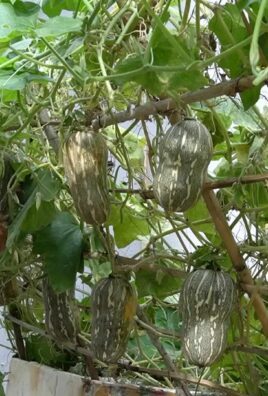
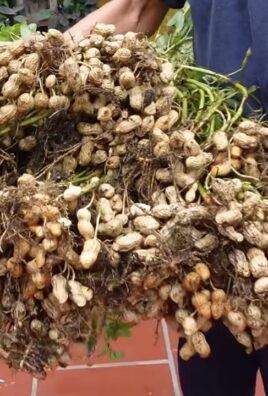
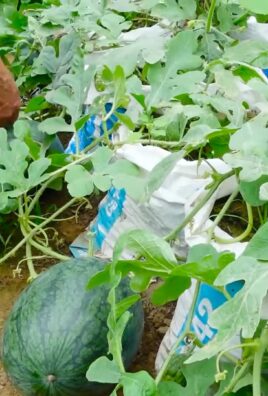
Leave a Comment